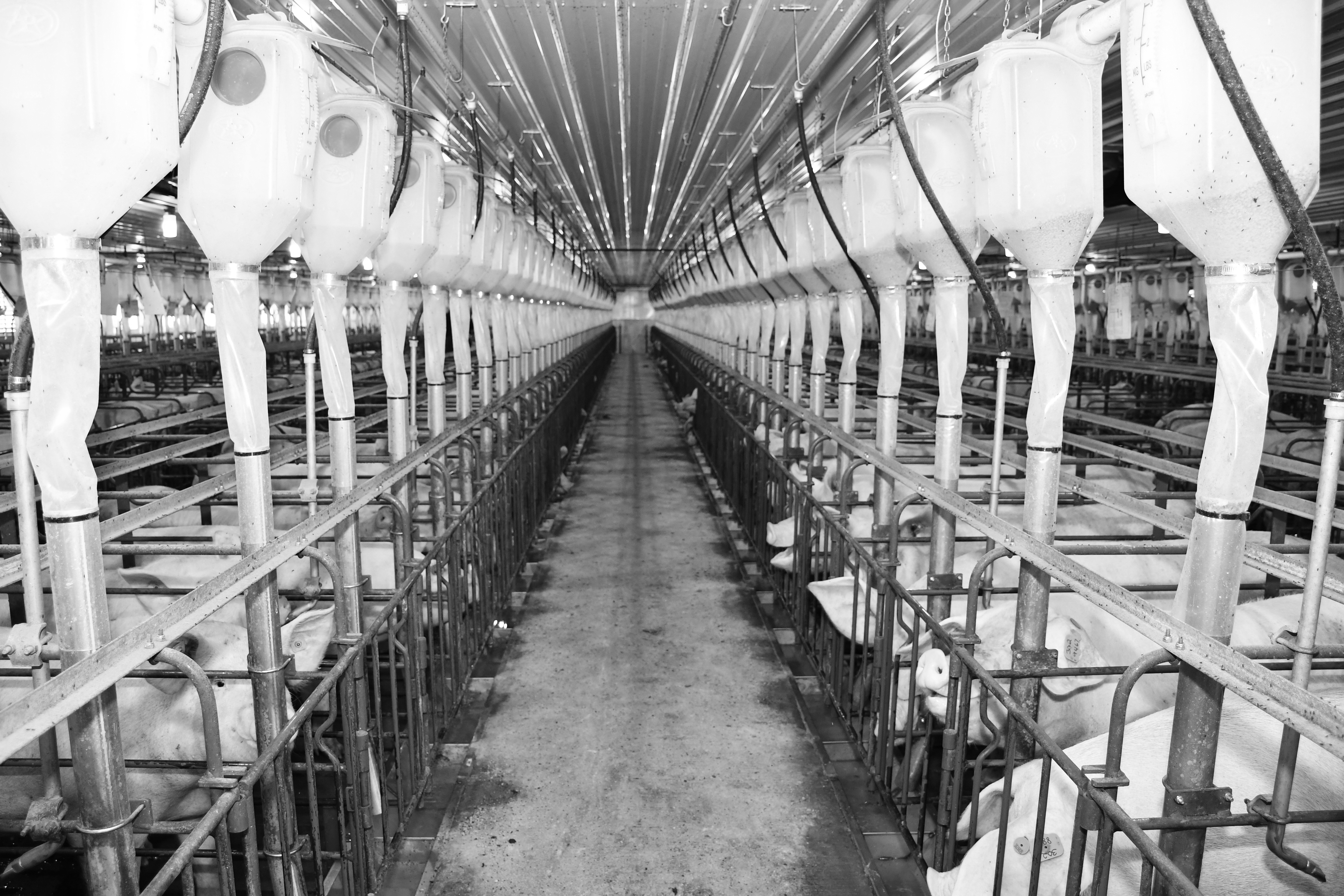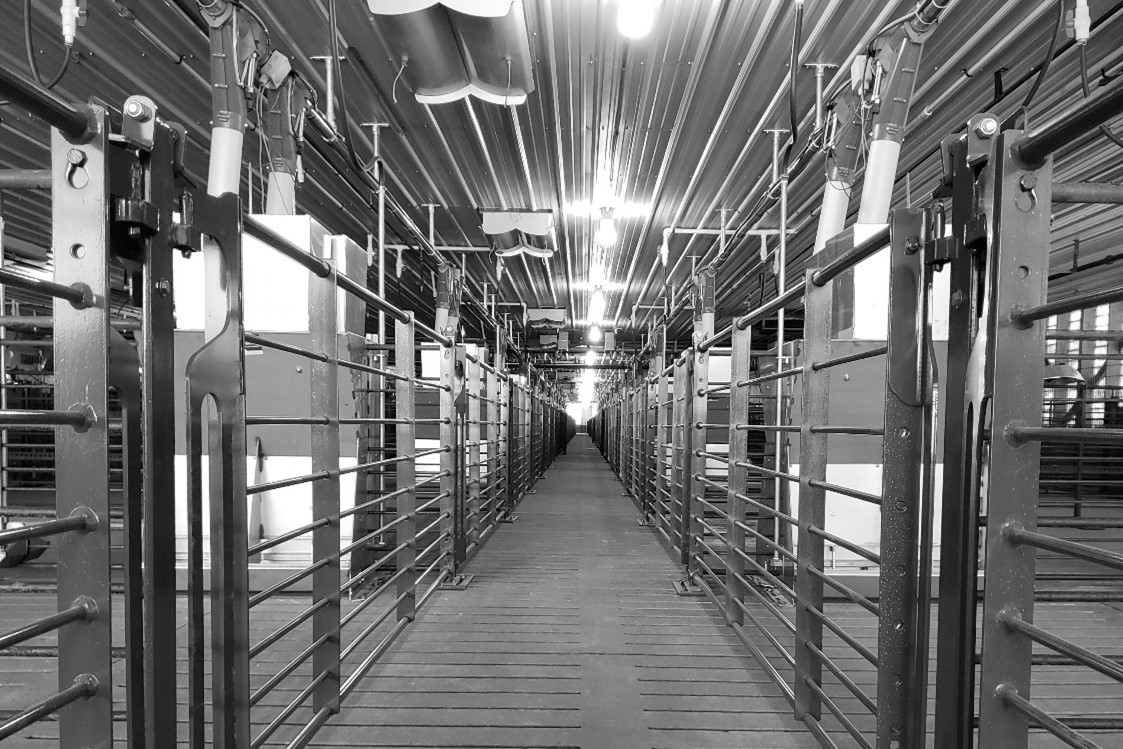

In today’s data-driven world, businesses rely heavily on information to make decisions and drive progress. As a genetics company in the swine industry, our focus is on genetic progress and delivering it to the commercial level in an effective manner. However, this is easier said than done. To drive this progress and ensure more effective dissemination, we utilize our commercial test herd to capture traits that offer the greatest genetic potential on favorable financial outcomes. By selecting for traits most relevant at the commercial level (carcass weight vs live weight), we can ensure our commercial partners receive the greatest realized genetic progress.
Test herds are not a new idea in our industry, however, where you start to see differences in programs is scale, precision, and data application.
Scale: Testing on a large scale
To drive genetic progress effectively, testing needs to be done on a large scale and we are confident in the competitive size of our program. Our program is unique in that we test all our nucleus sires, plus some, each year on both individual AND pen level details. This allows us to collect data from:
- 20,000 pig spaces & 1,000 test pens
- Over 45,000 crossbred pigs evaluated annually
- Over 450,000 individually tested crossbred animals

Precision: Focusing on Key Traits
The precision with which we capture and apply data is critical to our success. To select for the right genotypes to achieve the desired phenotypes, we need precise and accurate data. Here are the key traits that we focus on and why they matter:
- Pen Feed Intake: Individual and pen intake are not the same phenotype. By capturing pen intake data, we can identify commercial relevant, genetic differences between sires more accurately, which translates to greater commercial genetic progress.
- Carcass Composition: We collect real world commercial carcass data because its what producers get paid on. Purebred live weights and ultrasound data are not perfectly correlated with these commercial traits, making data collected in the plant even more valuable.
- Mortality & Morbidity: At the nucleus level, we do not have enough offspring per sire to get adequate accuracies for effective direct selection. Additionally, the nucleus has high survival rates, making it challenging to detect genetic differences between sires. Commercial data allows us to effectively identify genetic differences among selection candidates.
- Boar Fertility: There are genetic influences on boar fertility and semen quality, but at the nucleus level we do not get enough quantity or balance of matings to be able to detect genetic differences between sires. By doing this in the CTH we can get a good balance and quantity of matings, allowing for appropriate contemporary groups and the ability to detect genetic differences.
Data Application: Leveraging Data for Better Outcomes
The data we capture is critical to making decisions that will impact the future of swine genetic solutions created and deployed within our systems. Feeding the commercial data back into the nucleus selection program enables us to select animals for the next generation that are most likely to contribute to the greatest progress throughout the entire supply chain. Our proprietary Quality Management System (QMS) comprehensively integrates individual animal data across the entire supply chain, ensuring we are always aiming in the right direction.


Looking to the Future
In the next few years, we can expect to see more advancements in commercial data use, particularly in precision agriculture. The more we accelerate the genetic engine and transfer its power to commercial partners, the more we can expand realized genetic progress into the future.
Our commercial infrastructure is a significant investment, and we have yet to maximize its potential. Combining technologies to drive progress even faster is the next step in our systems-based approach to genetic improvement and our partners will be the ultimate beneficiary of our continued investment here.


Acuity and Fast genetics work with partners across North America and continue to expand into global systems. For more information on all the ways they build better outcomes, visit https://www.acuityswine.com/?p=642




